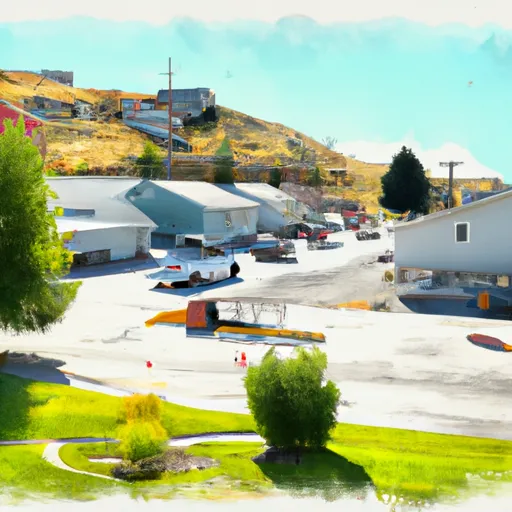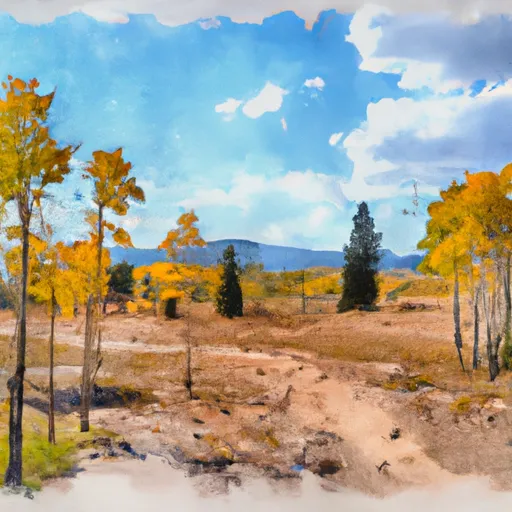°F
°F
mph
Windspeed
%
Humidity











Bluff, Utah is a small town located in San Juan County in southeastern Utah. The climate in Bluff is arid and semi-arid, with hot summers and cold winters. The area receives very little rainfall and is prone to drought. Hydrologically, the town is situated near the San Juan River and the Navajo Sandstone aquifer. Outdoor recreation opportunities in the area include hiking, rock climbing, mountain biking, and river rafting. The town is located near several national parks and monuments, including Canyonlands National Park, Natural Bridges National Monument, and Bears Ears National Monument. These attractions draw many visitors to the area each year.
Weather Forecast
Bluff receives approximately 201mm of rain per year, with humidity levels near 53% and air temperatures averaging around 13°C. Bluff has a plant hardyness factor of 7, meaning plants and agriculture in this region tend to thrive during the non-winter months.
Regional Streamflow Levels
632
Cubic Feet Per Second
554
Cubic Feet Per Second
1
Cubic Feet Per Second
27
Cubic Feet Per Second
Nearby Camping
| Camping Area | Reservations | Toilets | Showers |
|---|---|---|---|
| Comb Wash Dispersed | |||
| Nizhoni | |||
| Sand Island | |||
| Devils Canyon |



